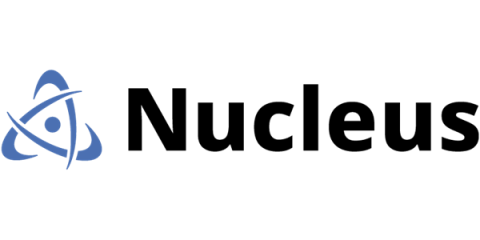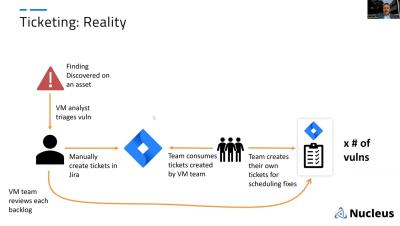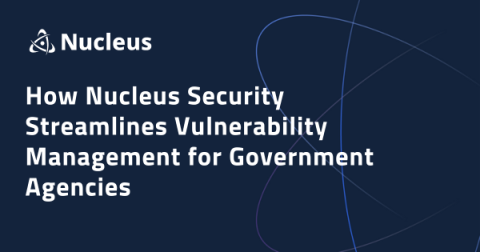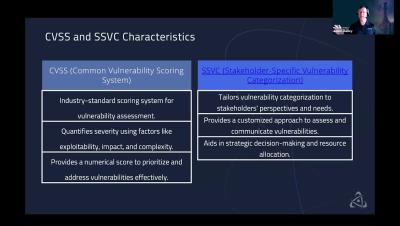5 Things Holding Back Your Vulnerability Management Program and How to Overcome Them Step by Step
Welcome to our latest vulnerability management webinar, hosted by Scott Kuffer and Gene Bandy. In this session, Scott and Gene dive deep into the complexities and challenges faced by organizations in managing vulnerabilities and what you can do about it. Key Topics Covered: Why Watch This Webinar? Don't forget to like, comment, and subscribe for more in-depth webinars and expert discussions on cybersecurity and vulnerability management!










